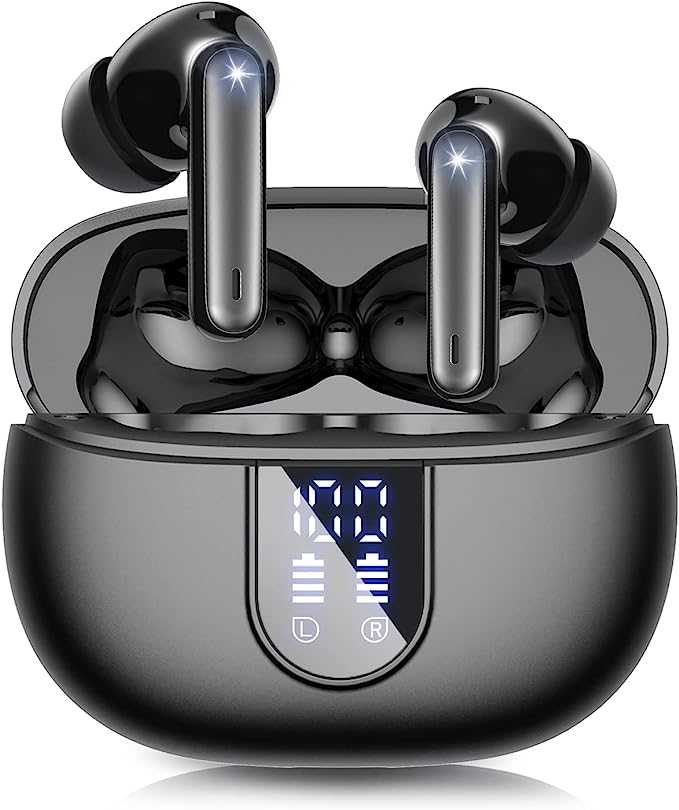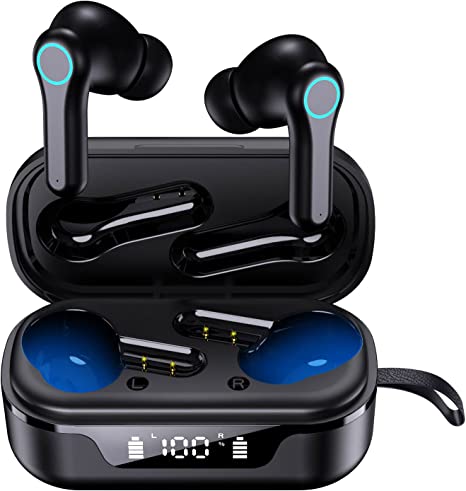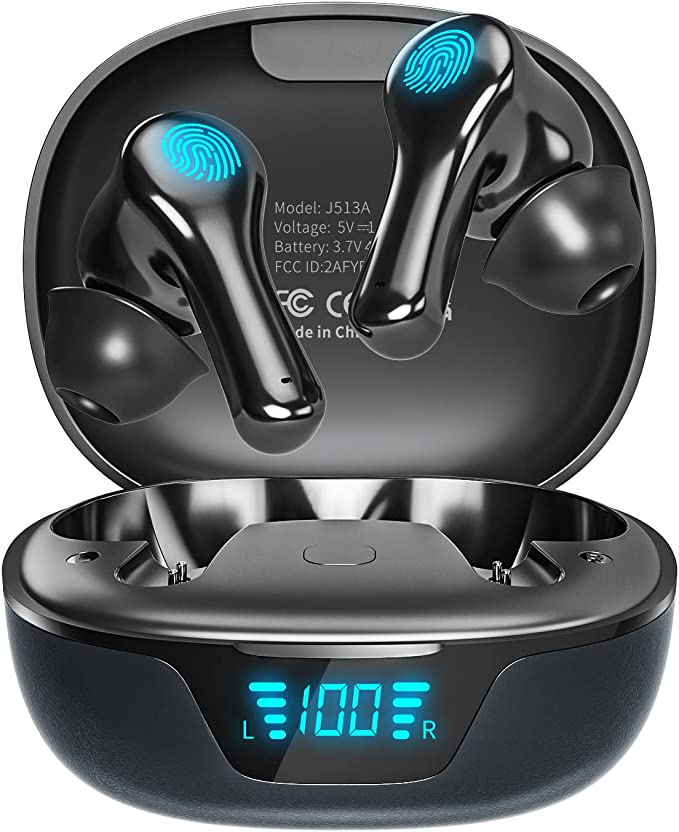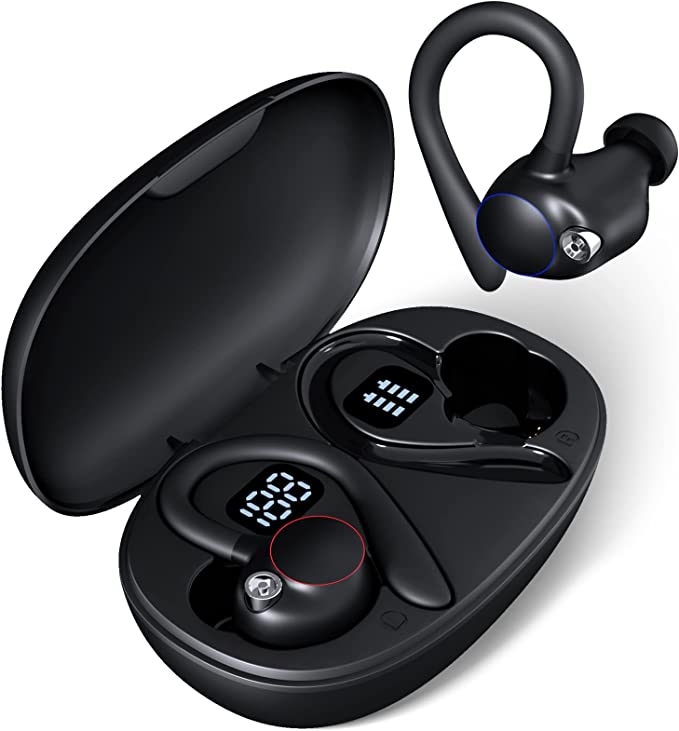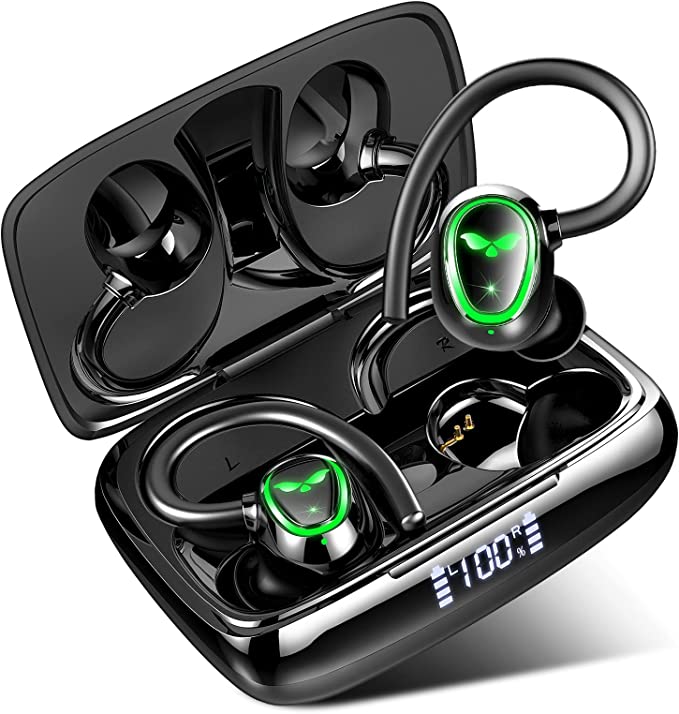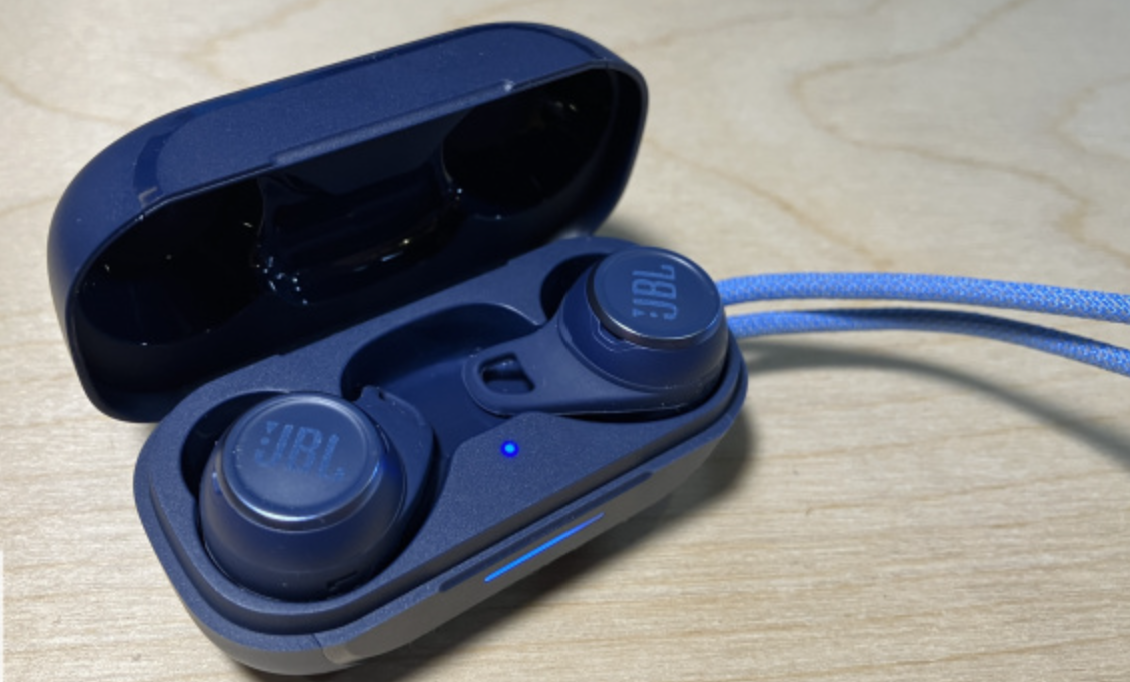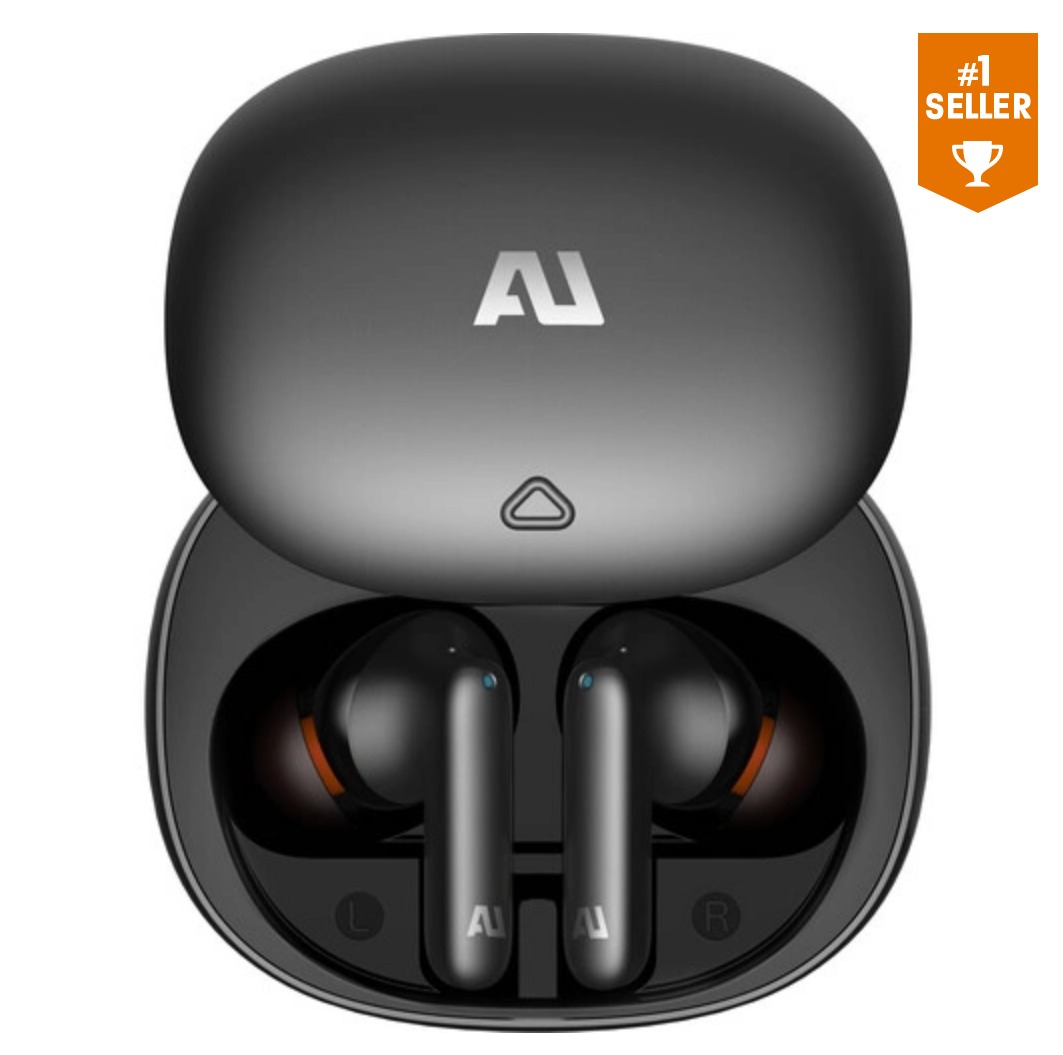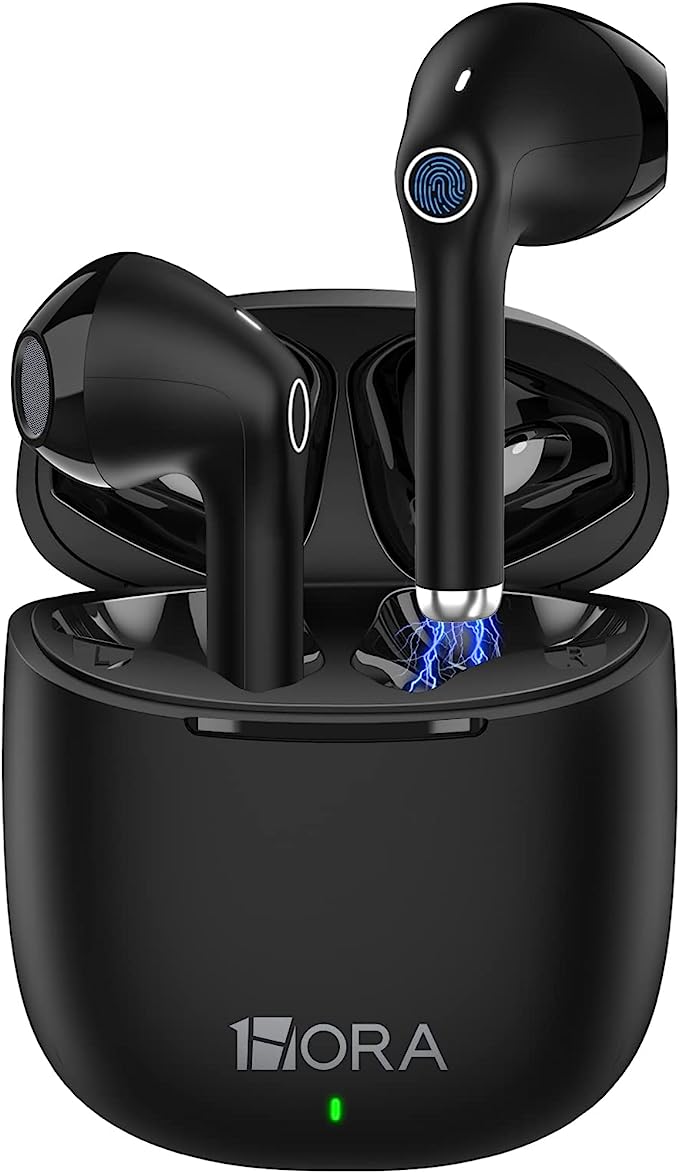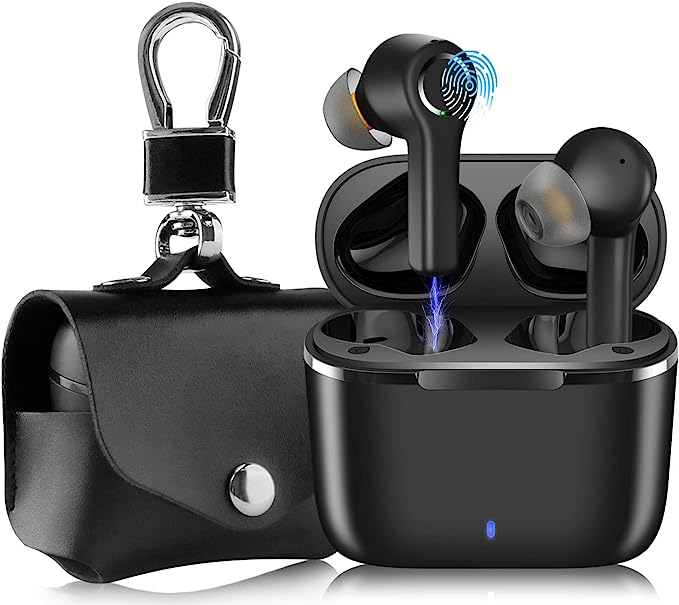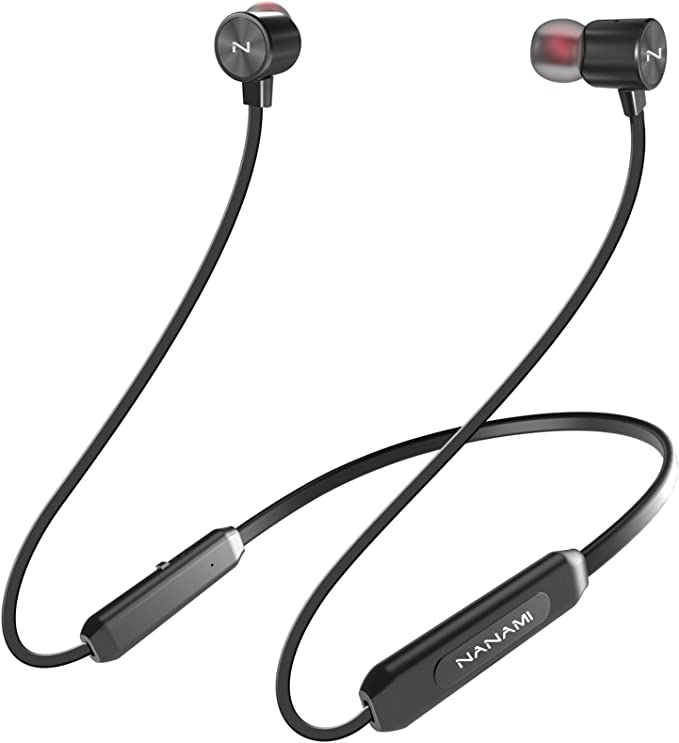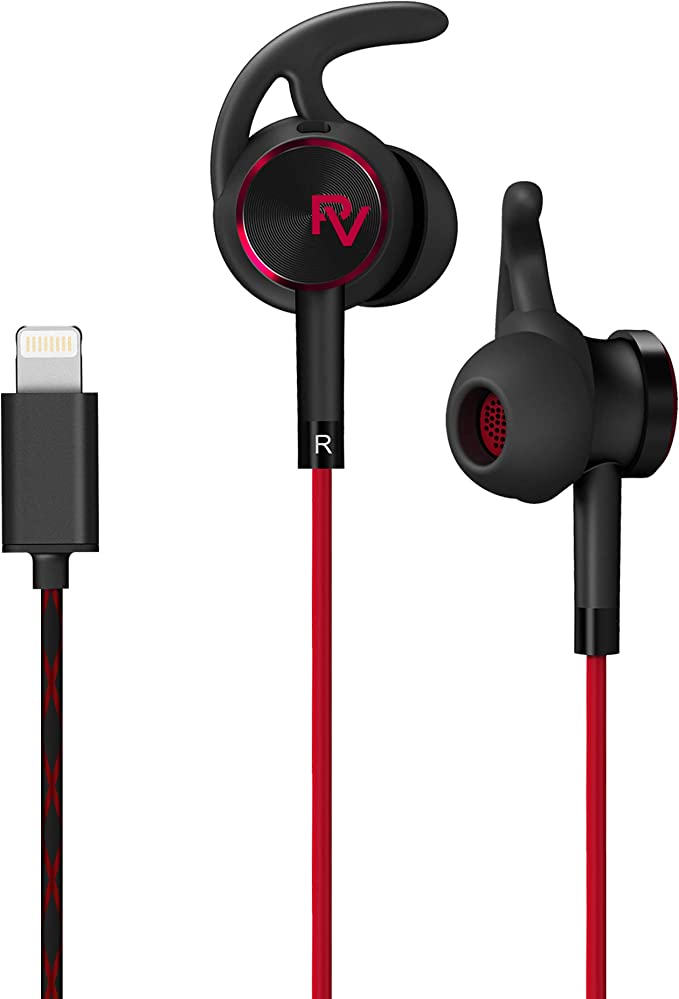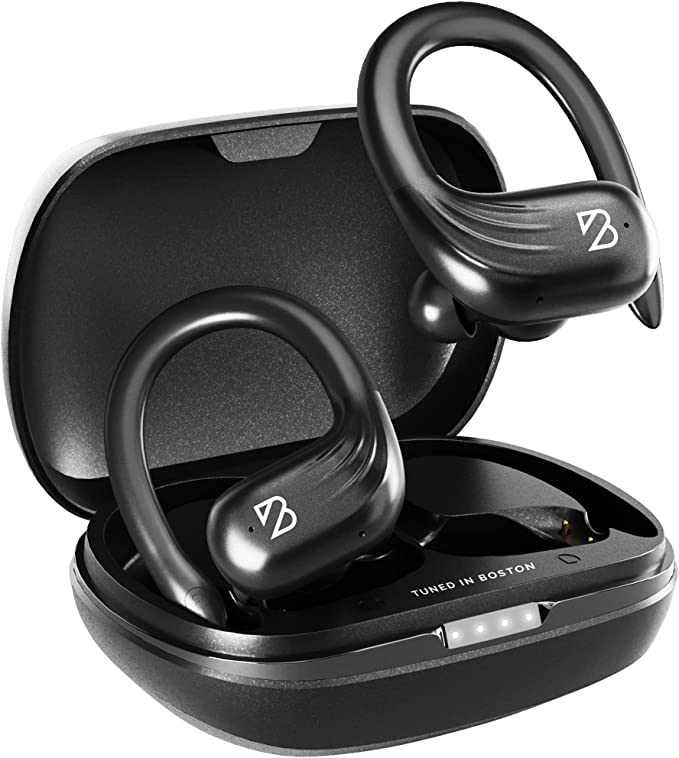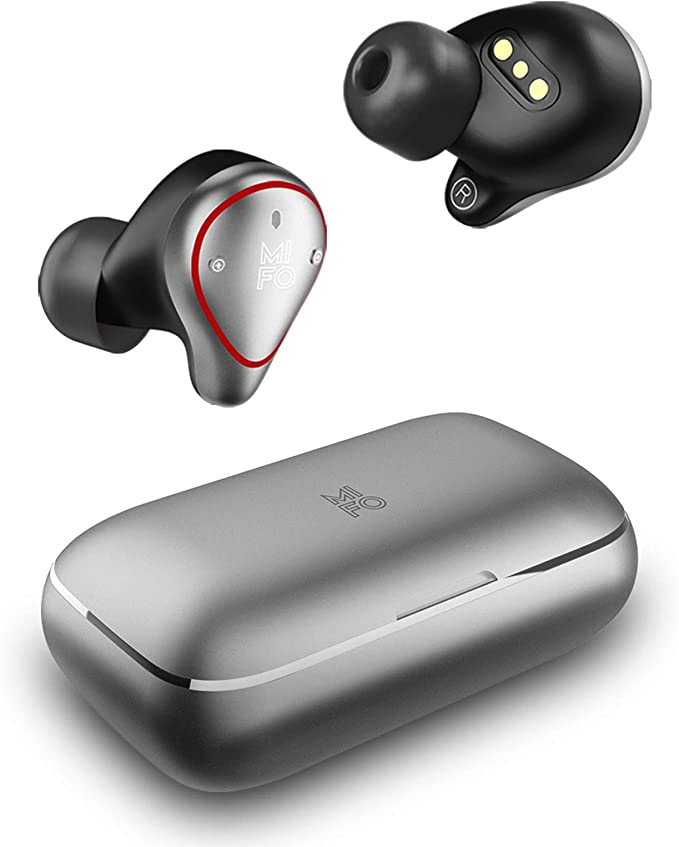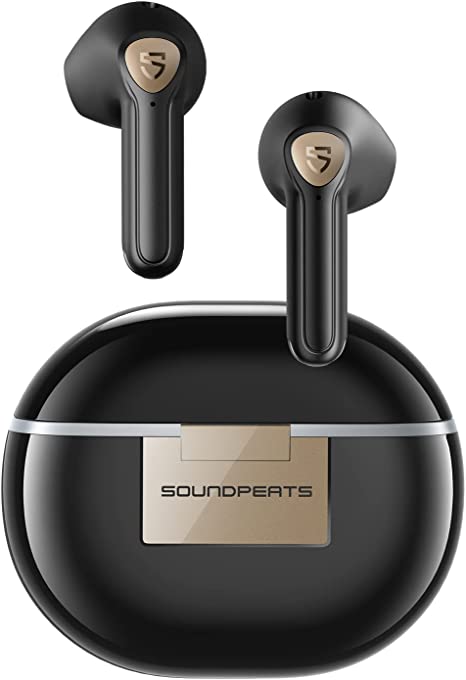WERDEDE BX19 Wireless Earbuds: Budget-Friendly Bluetooth Earbuds for Everyday Use
Update on July 3, 2025, 8:39 a.m.
Hold a pair of wireless earbuds, like these WERDEDE vg121s, in your palm. They are smooth, silent, and unassuming. They feel like simple plastic shells, modern and minimalist. Yet, they hold a silent promise, a whisper of a miracle: the power to pull a symphony from thin air, to transform the invisible energy around us into tangible, heart-stirring emotion.
But how does this little black box of wonders actually work? This isn’t a product review. This is an invitation. Let’s become engineers and explorers for a day. Let’s open the casing, peer inside, and follow the incredible journey of a single song, from the vast digital universe right into the soul of your ear.

The Invisible Overture
Our story begins not with a sound, but with a signal. Before your foot starts tapping, an intricate dance of invisible waves is already underway. The star of this show is Bluetooth, the technology that acts as our tireless wireless messenger. Its name is a fun historical nod to the 10th-century Viking king, Harald “Bluetooth” Gormsson, famed for uniting the disparate tribes of Denmark and Norway. In the same spirit, the Bluetooth technology we use today unites our myriad devices, allowing them to speak a common language.
This language is broadcast via radio waves in the bustling 2.4 GHz frequency band, the same public airspace used by Wi-Fi routers and microwave ovens. The music doesn’t travel as a whole melody, but as a meticulously coded digital score—a relentless stream of zeros and ones. The earbuds are advertised with Bluetooth 5.3, meaning our messenger has been trained to be exceptionally skillful. Compared to its predecessors, it’s more energy-efficient, sipping power so the music can play longer. It’s also an expert at navigating crowded airwaves, skillfully dodging interference to prevent those frustrating stutters and dropouts. It’s the first, crucial step in our symphony: the flawless delivery of the score.

The Digital Heart of the Performance
Once our wireless messenger delivers its package of zeros and ones, the data arrives at the earbuds’ digital heart: a tiny, powerful microchip. This chip is the conductor of our pocket orchestra. Its most critical component for our purposes is the Digital-to-Analog Converter, or DAC.
Think of the DAC as the master translator or culinary artist of our ensemble. It receives the digital recipe—the cold, precise, mathematical code—and performs a kind of magic. It translates that binary code into a continuously flowing, nuanced electrical current: an analog signal. This signal is no longer just data; it now has shape, texture, and dynamics. It mirrors the very waveform of the sound it represents, carrying the rising crescendo of a violin or the deep resonance of a bass guitar. The DAC is where sterile information is reborn as the potential for emotion.

The Physical Voice of the Symphony
That elegant electrical signal, crafted by the DAC, now travels to the final and perhaps most magical component: the driver. The driver is the vocalist of our orchestra. In most earbuds like these, it’s a “dynamic driver,” and it operates on a beautiful principle of physics known as electromagnetism.
Imagine this: the electrical current flows into a tiny, tightly wound voice coil attached to a diaphragm, which is a very thin, flexible membrane. As the current fluctuates, it generates a changing magnetic field, causing the voice coil to rapidly move back and forth, vibrating the diaphragm with it. This physical vibration is the final step. It pushes and pulls the air molecules in your ear canal, creating pressure waves. And these waves are precisely what your eardrum detects and your brain interprets as sound. Electricity has learned to sing.
This is also where the “True Wireless Stereo” (TWS) technology performs its masterpiece. We don’t just have one vocalist; we have two, one for each ear. This concept dates back to the 1930s and the genius of British engineer Alan Blumlein, the father of stereophonic sound. He realized that by sending slightly different audio information to each ear, you could trick the human brain into perceiving a vast, three-dimensional acoustic space. This is a principle of psychoacoustics. Our brains are hardwired to use the tiny time and volume differences between our ears to locate sounds in the world. TWS exploits this beautifully, creating the immersive feeling that you are standing in the middle of the music, not just listening to it.

Interlude: A Frank Conversation Between Engineering and Marketing
Now, for a brief, playful peek behind the curtain. On the product page, you might see a dazzling claim of “50H Playback,” but then find a more modest “6 hours in the earbuds and an additional 18 in the charging case” in the fine print. This isn’t a lie, but a conversation between two different worlds.
Imagine the engineer saying, “Under standard test conditions, with volume at 75 decibels, the battery lasts for 6 hours.” The marketing specialist then asks, “Incredible! But what’s the absolute maximum we could get? In a quiet room, one earbud only, at the lowest possible volume?” The result of that idealized scenario might be 50 hours. The smaller, more detailed number is your reality; the larger number is the dream.
Similarly, a term like “noise-cancelling tech” on a budget-friendly device rarely refers to the sophisticated Active Noise Cancellation (ANC) that uses microphones to electronically erase external sound. Instead, it refers to Passive Noise Isolation—the simple, physical seal the silicone ear tips create in your ear. It’s the difference between wearing well-fitted earmuffs and activating a futuristic sound-dampening force field. Both are useful, but it’s crucial to know which one you’re getting.

The Resilient Armor
Finally, let’s consider the earbuds’ physical defense against the world. The vg121 is rated at IPX5. This isn’t just a random collection of letters and numbers; it’s a standardized rating from the International Electrotechnical Commission (IEC) that acts as a universal language for durability.
Let’s decode it:
- IP stands for Ingress Protection.
- X means it hasn’t been rated for protection against solid particles like dust.
- 5 is the crucial number for water. It signifies that the device is protected against low-pressure water jets from any angle.
In real-world terms, this is the earbuds’ raincoat. It’s more than capable of shrugging off sweat during an intense workout or surviving an unexpected downpour on your commute. However—and this is critical—the product description’s claim of being “ideal for swimming” is a dangerous misinterpretation. An IPX5 rating does not protect against submersion. The pressure of being underwater is far greater than that of a water jet. The raincoat can handle a spray, but it will fail in a dive.

The Pocket Orchestra’s Encore
So, the next time you place these small devices in your ears and press play, take a moment to appreciate the symphony you’ve just initiated. You are activating a chain of wonders: an invisible messenger carrying a digital score, a translator turning code into current, a vocalist turning electricity into vibration, and a silent guardian protecting it all from the elements.
What you hold in your hand is not just a piece of plastic and circuitry. It is a pocket orchestra. It’s a testament to over a century of human ingenuity, from the discovery of electromagnetism to the invention of the microchip. You don’t just hear the music; you are experiencing a quiet miracle of science. And now, you know how the magic works.


